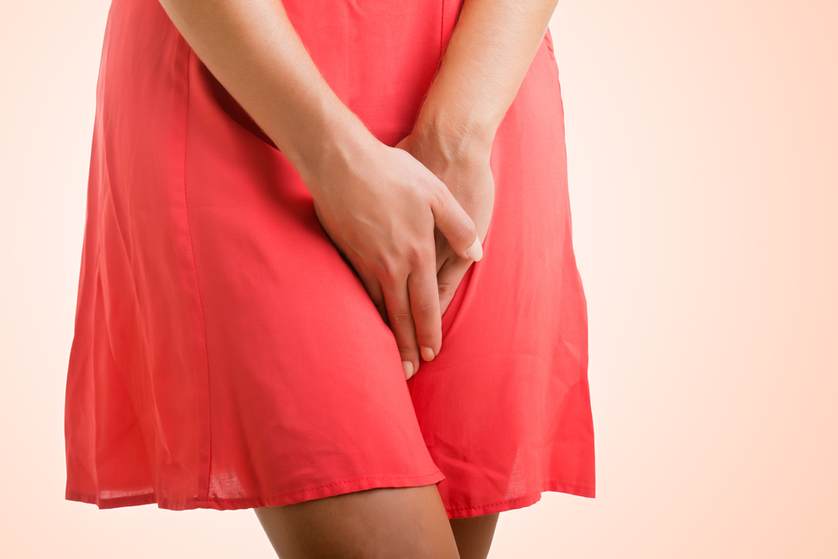Enough of Incontinence
Involuntary dribbling of urine is more common than you think, but this does not make it normal!
After delivering her second child, 29 year old Kriszti got the green light to resume sexual activity and all forms of exercise at her 6 week post partum visit with her obstetrician. When she returned to her favorite aerobics class, however, she needed to stop her work-out because of loosing urine mid exercise.
Rita, 34, performed Kegel exercises during her pregnancy to prepare her body for the tasks of motherhood, Although the cesarean section was unplanned, she delivered a healthy baby boy. It frustrated Rita that despite her continuing to do kegel exercises until her son’s first birthday, occasionally her bladder would involuntarily leak a little and sex was painful.

Presentations of Incontinence
Incontinence can present due to the stress of sneezing, coughing, lifting and jogging. Dribbling of urine can also happen with a sudden strong urge, or because potty breaks have been postponed. The weight of the baby on the mother’s pelvic floor and the birthing process are both risk factors for developing incontinence.
Getting it Checked out
In order to discover the underlying cause of the dribbling of urine, the woman must undergo an individualized examination. There are those who are unable to adequately contract their pelvic floor muscles. Others perform the exercises incorrectly. If on the other hand the musculature is too tight and cannot be relaxed, it can lead to dribbling of urine and pain during sexual intercourse. Only a thorough examination by a qualified individual will uncover the specific reason for the symptoms.
What can I do?
Rita and Kriszti were evaluated by a physiotherapist specialized in issues of the pelvic floor. After a detailed examination, the physiotherapist can determine whether high quality group sessions will suffice, or whether individual therapy is necessary.
How does therapy help?
After several visits to the physiotherapist, Kriszti had regained good control of her pelvic muscles and had the body awareness to join a group women’s rehab class. Five months later she was able to perform all tasks without fear or embarrassment.
What other factors can affect incontinence?
The hypertonicity of Rita’s pelvic floor musculature were caused by poor posture, the scar from the cesarian section, stress and improper breathing technique. Kegel exercises did not prove helpful because the underlying reasons for her symptoms were not addressed. After appropriate muscle relaxation, biofeedback and manual therapy, Rita was able to happily assume all her roles as wife and mother.
All sounds too familiar? Don’t panic!
If you suffer from similar problems, or would like to avoid the mentioned unpleasant symptoms, please do not hesitate to seek help. The number of professional physiotherapists specializing in incontinence in Hungary is on the rise.
